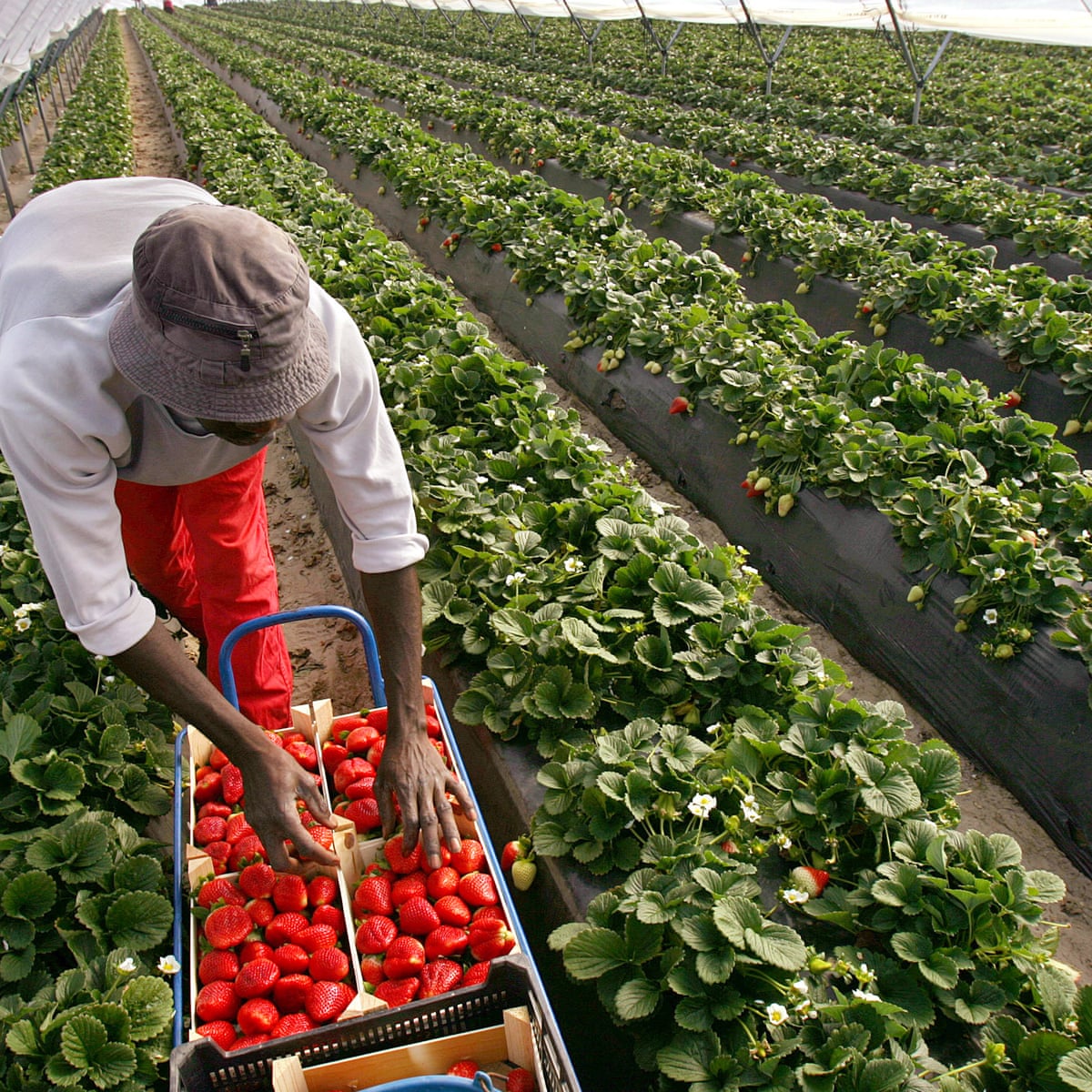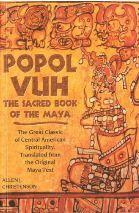Growing up Hispanic in a predominantly white city came with some downsides. One of these downsides was the ongoing one-sided discussion of why we need a wall built to “keep all the Mexicans out.” Jokes underlined with hate against “illegal immigrants” and that the only reason they cross the border is to smuggle drugs and commit crimes in the U.S. shows a horrible side of this country. The book, Fresh Fruit, Broken Bodies: Migrant Farmworkers in the United States, by Seth M. Holmes, is a first-person ethnographic which shows the audience why migrant workers are suffering. This take on migrant farmworkers is a new one, for all that’s said about migrant workers is that along the lines of “stealing our jobs.” This book was written by Holmes because he wanted to showcase that social inequality leads to injuries being afflicted upon the bodies of migrant farmworkers. He believes that through collective action, we can fight policies and ideas that cause the suffering of migrant workers. Holmes states, “... my Triqui companions experience their labor migration as anything but voluntary. Rather, they have told me repeatedly that they are forced to migrate in order for themselves and their families to survive” (Holmes 17-18). Not only are migrants forced to come and work in the U.S., but they are also treated horribly. This is a wonderful book that shows the audience why and how to make changes in the policies and ideas that create this horrific treatment of migrant farmworkers.
 |
| A Migrant Worker Picking Strawberries |
Looking at this title and reading Holmes's work, we can see that the bodies of these migrant workers are broken along with their spirits. Their bodies are used over and over again until one’s back cannot bend or until a knee gives out. This needs to change. Without this work, we would have never known how migrant workers are treated by people and policies. Holmes states, “In order to bring about political and material change regarding such issues as immigrant rights and worker rights, then we must engage in struggles over the manner in which immigrant workers are presented and perceived” (Holmes 190). When immigrants have no choice but to leave their home and work in another country to support their families, they should not be treated like an animal. They should not be called “illegal aliens” and given racist remarks on why they are better at picking strawberries because they are “lower to the ground.” These workers deserve care and a life where their bodies aren't subjected to horrible pain.
Here is inside the life of one migrant worker:
Holmes, Seth M. Fresh Fruit, Broken Bodies Migrant Farmworkers in the United States. Univ. of California Press, 2014.



